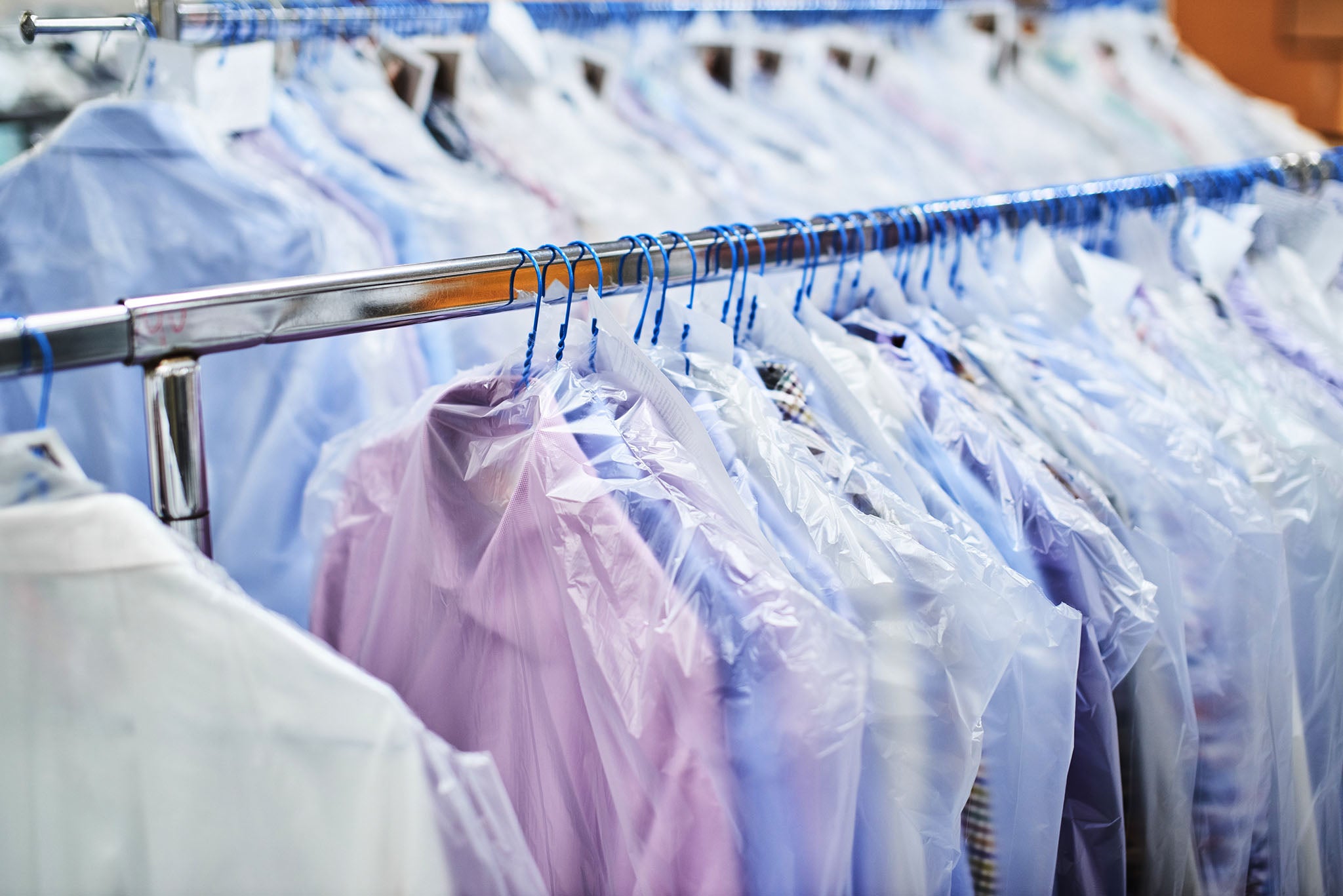
Dry Cleaner & Laundrette Health and Safety Templates & Guidance
Pre-filled, editable health and safety templates for dry cleaning and laundry businesses — including risk assessments, policies, fire safety, COSHH documentation, and more to keep your workplace safe, professional, and compliant.
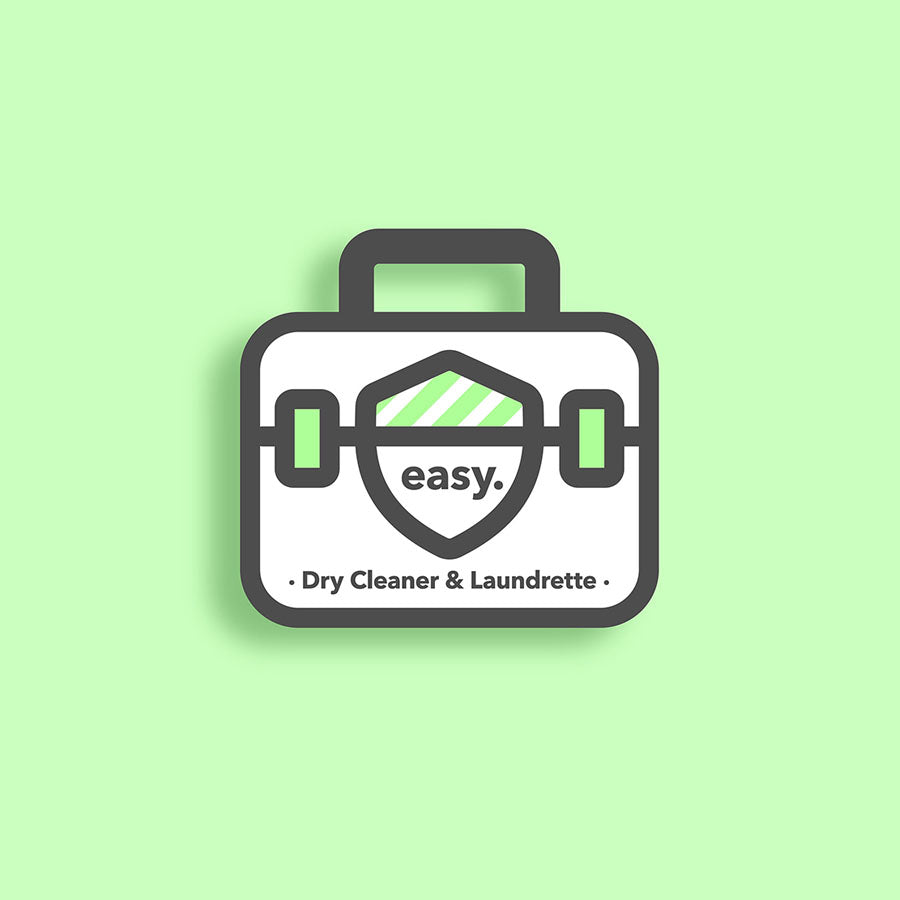
Take control of health and safety in your Dry Cleaning or Laundrette Business with our easy-to-use templates
Simplify health and safety management in your dry cleaning or laundrette business, whether you’re running a busy high street laundrette, managing a dry cleaning shop, or operating a chain of laundry stores. Our editable templates are designed specifically for the laundry and dry cleaning industry, helping owners and managers stay compliant with regulations while protecting staff, customers, contractors, and delivery drivers from everyday risks in fast-paced environments.
Many templates come pre-filled with detailed, industry-specific content — from a dry cleaner and laundrette risk assessment and health and safety policies to fire safety forms, COSHH documents, accident reports, and staff safety guidance — making completion quick, accurate, and stress-free. With our ready-to-use tools, you can focus on serving customers, managing day-to-day laundry operations, and growing your business while maintaining the highest standards of health, safety, and compliance.
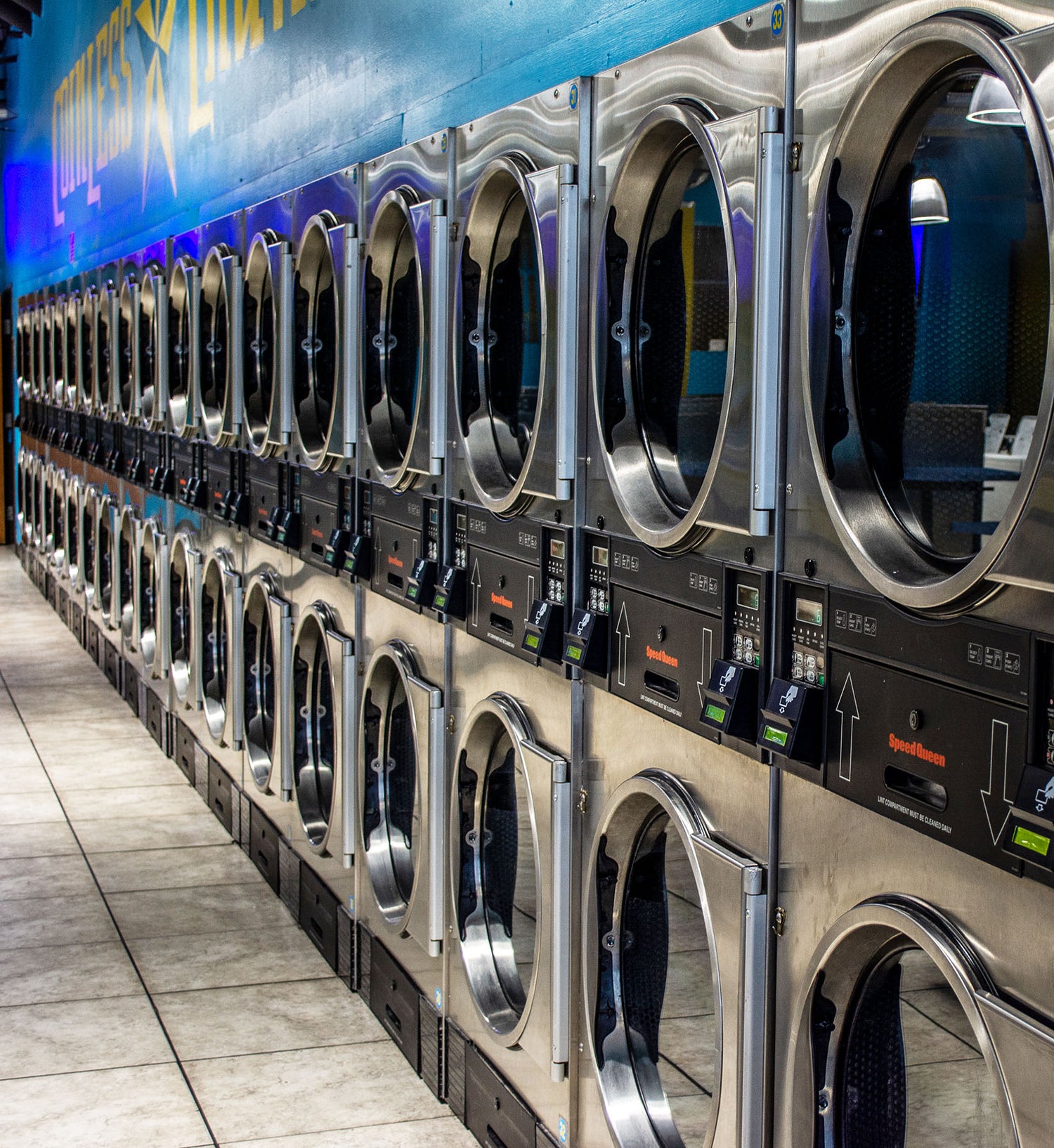
Ironing Out the Risks: Why Health and Safety Matters in Dry Cleaning and Laundrette Businesses
Behind the hum of dryers and the hiss of steam presses lies something just as important as a perfectly finished garment: a strong approach to health and safety. Dry cleaning shops and laundrettes deal with hazardous solvents, high temperatures, heavy loads, and powerful machinery on a daily basis. Without the right precautions, staff, customers, contractors, and even delivery drivers could be at risk. A proactive safety culture not only prevents accidents but also ensures smooth operations and builds confidence across your team.
Staff and Customer Safety
Dry cleaners and laundrettes are busy environments filled with washing machines, dryers, hot irons, presses, steamers, and chemical cleaning agents. Staff wellbeing is essential to prevent burns, scalds, slips, trips, strains, or exposure to hazardous substances. Customer safety must also remain a priority — from keeping floors clear and dry to controlling fire risks and ensuring proper ventilation. A safe environment protects everyone while building trust and maintaining a professional reputation.
Meeting Legal Duties with Confidence
Health and safety laws are not optional; they are essential obligations. Non-compliance can lead to fines, enforcement notices, or even closure of your premises. For dry cleaners and laundrettes, tools such as risk assessments, fire safety documentation, COSHH records, and health and safety policies are crucial for demonstrating compliance and managing hazards effectively. Keeping documentation accurate and up to date not only helps meet legal duties but also gives owners and managers peace of mind.
Protecting Your Reputation
In today’s review-driven world, one negative incident can quickly damage a business. Reports of unsafe machinery, chemical spills, or customer accidents can spread fast online. A visible commitment to health and safety protects your reputation, builds trust, and encourages repeat visits and long-term customer loyalty.
Proactive Safety Tools
Effective safety management is about prevention, not just reaction. Regular staff training, clear signage, up-to-date risk assessments, and routine checks of equipment form the foundation of safe operations. A culture of accountability ensures hazards are spotted and addressed before they escalate. To make this easier, we’ve developed ready-to-use compliance templates designed specifically for dry cleaners and laundrettes. These templates allow you to maintain the highest standards of safety and compliance while focusing on what you do best — delivering quality cleaning services and excellent customer care.
Top 3 Health and Safety Hazards for Dry Cleaners & Laundrettes:
-

Fire Safety Risks
View ProductsDry cleaners and laundrettes face a high risk of fire due to the use of certain flammable solvents, lint build-up in dryers, and electrical equipment such as washing machines running continuously. Fires can spread rapidly, endangering staff, customers, and property. To reduce the risk, businesses should carry out a dedicated fire risk assessment, keep escape routes clear, maintain electrical appliances, clean lint filters daily, and store solvents securely in ventilated, fire-resistant cupboards.
-

Chemical Exposure & COSHH
View ProductsSolvents, stain removers, and other cleaning chemicals can cause burns, skin irritation, respiratory illness, and long-term health conditions if mishandled. Proper COSHH (Control of Substances Hazardous to Health) assessments, safe storage, and clear labelling are essential. Staff should receive training in chemical handling, use protective equipment such as gloves and goggles, and have access to spill kits and eyewash stations to minimise exposure risks.
-

Burns, Scalds, & Steam Injuries
View ProductsSteam presses, boilers, irons, and hot water systems all pose significant risks of burns and scalds to staff. Accidental contact with hot surfaces, or exposure to escaping steam, can lead to painful injuries. Risks can be reduced by training staff in safety procedures and correct machine use, providing insulated gloves, adequate equipment maintenance, and ensuring only competent operators use hot machinery. Completing regular risk assessments will also help identify potential hazards early and ensure controls remain effective.

Why pay expensive consultant fees when you can manage health and safety yourself?
Ensure compliance while saving time and money by creating health and safety documents, customised to your business, yourself. Our health and safety range for dry cleaning and laundry businesses covers a suite of essential templates including health and safety policies, risk assessments, COSHH forms, fire safety documents, health and safety guidance, safety posters and more.
Benefits of managing health and safety yourself...
-
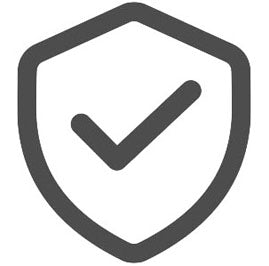
Improve safety
Health and safety at work is about preventing accidents, incidents and ill-health by assessing the work environment, the activities within it, and taking appropriate action.
-
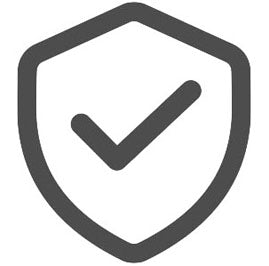
Ensure compliance
Our ready to use templates, many of which are pre-filled, will enable you to quickly increase your compliance to health and safety laws and regulations.
-
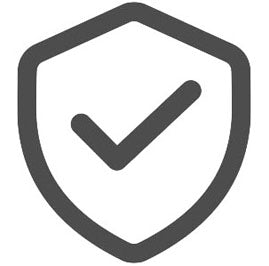
Save money
With health and safety consultants often charging upwards of £400 per day, there is a better way. Take control and save yourself time and money.

Health and Safety Solutions for Dry Cleaners and Laundrettes
Running a dry cleaning or laundrette business means juggling countless responsibilities at once. From operating washing machines, dryers, presses, and boilers to handling chemicals, serving customers, and managing staff, the daily pressures can make it difficult to give health and safety compliance the attention it deserves.
For many small to medium-sized dry cleaners and laundrettes, finding the time and resources to fully implement and maintain safety measures can feel overwhelming. The need to keep customers happy and operations flowing often takes priority, but neglecting compliance can lead to accidents, legal action, reputational damage, and costly downtime.
At easyhealthandsafety, we take the pressure off business owners by providing ready-to-use templates and guidance that are practical, affordable, and easy to follow. Our pre-filled risk assessments, policies, COSHH documentation, fire safety tools, and compliance forms help protect staff, customers, and your business reputation — so you can focus on delivering a professional service and growing your dry cleaning or laundrette business with confidence.
Frequently Asked Questions
Dry Cleaner & Laundrette Health and Safety FAQs
How can I create a risk assessment for my Dry Cleaning or Laundrette business?
The easiest way to create a risk assessment for your dry cleaning or laundrette business is to use a pre-filled, industry-specific template. This ensures that all relevant hazards are covered and that your assessment meets legal requirements without the stress of starting from scratch.
Our editable Dry Cleaner and Laundrette Risk Assessment Template is designed specifically for dry cleaning and laundry operations. It includes pre-filled, detailed content about common hazards — such as chemical exposure, hot machinery, fire, slips and trips, and manual handling — along with practical control measures and editable sections you can adapt to your own premises and working practices.
If you want a complete compliance solution, our Dry Cleaner and Laundrette Health and Safety Template Bundle includes a collection of over 60 essential documents — covering risk assessments, health and safety policies, COSHH forms, fire safety templates, staff safety guidance, and more — giving you confidence that your business is safe, professional, and fully compliant.
Do Dry Cleaners and Laundrettes need to complete a risk assessment?
Yes, every dry cleaning and laundrette business must carry out a health and safety risk assessment to identify and control potential hazards in the workplace.
All employers are legally required under the Management of Health and Safety at Work Regulations 1999 to assess workplace risks. In dry cleaners and laundrettes, this includes hazards such as fire from dryers and lint build-up, exposure to cleaning chemicals and solvents, burns and scalds from hot presses or steam, manual handling injuries, and more.
Our Dry Cleaner and Laundrette Risk Assessment Template is pre-filled with detailed content specifically relevant to dry cleaners and laundrettes. It covers the most common hazards, who may be harmed, and the practical controls you can implement to reduce risk. The editable format makes it simple to tailor the assessment to your own premises, equipment, and working procedures.
For a complete, ready-to-use compliance solution, the Dry Cleaner and Laundrette Health and Safety Template Bundle includes over 60 essential documents — covering risk assessments, policies, COSHH documentation, fire safety, staff safety guidance, and more to keep your business safe and compliant.
If your business employs five or more people, your risk assessment findings must be recorded in writing — however, keeping a written record is strongly recommended for all businesses, regardless of size, as it provides clear evidence of compliance, helps identify and manage risks more effectively, and protects your business by demonstrating due diligence in the event of an inspection, insurance claim, or legal action.
Do dry cleaning and laundrette businesses need to have a health and safety policy?
All dry cleaning and laundrette businesses must have an adequate and fit-for-purpose health and safety policy, and if you employ five or more people, it must be written down and recorded.
A health and safety policy sets out your business’s commitment to keeping staff and customers safe and explains who is responsible for what. Even if you have fewer than five employees, having a written policy is strongly recommended to demonstrate compliance.
Our Health and Safety Policy Template makes the process straightforward, with a clear one-page format and professionally pre-filled examples that make completion quick and effortless.
For a complete, all-in-one solution, our Dry Cleaner and Laundrette Health and Safety Template Bundle includes over 60 essential documents — from policies and risk assessments to COSHH assessments, fire safety forms, accident report templates, staff safety guidance, and more. It provides everything you need to manage compliance efficiently, reduce risks, and maintain a safe, professional environment.
What are the main fire risks in dry cleaners and laundrettes?
Fire risks in dry cleaners and laundrettes come from electrical equipment, lint build-up, certain flammable solvents, and more.
Dry cleaners and laundrettes must manage fire risks caused by certain solvents, tumble drying, faulty wiring, and other potential hazards. Regular cleaning of lint filters, safe storage of solvents, and electrical inspections are essential. A Fire Risk Assessment is legally required for all premises and should be updated regularly.
Our Fire Risk Assessment and Essential Fire Safety Template Bundle helps you meet legal obligations and put the right preventative measures in place.
Do I need COSHH risk assessments for chemicals in a Laundrette or Dry Cleaning Shop?
Yes, COSHH (Control of Substances Hazardous to Health) assessments are required for all hazardous substances used by the business.
Dry cleaning solvents, detergents, and stain removers can cause serious health problems if mishandled. COSHH regulations require you to assess and control these risks, provide PPE, and ensure safe storage. Our ready-to-use COSHH Risk Assessments and the Dry Cleaner and Laundrette Health and Safety Template Bundle include detailed COSHH documentation for common chemicals used in many industries, including laundry and dry cleaning businesses.
We also have an easy-to-use Blank COSHH Risk Assessment Template for hazardous substances specific to your business that we have not yet covered.
What health and safety training should Laundrette and Dry Cleaning staff receive?
Staff must be trained on hazards such as chemicals, fire, manual handling, and equipment use.
Training is essential to prevent accidents and ensure legal compliance. Staff should know how to handle solvents safely, operate presses and boilers, clean lint filters, and respond to fire alarms. Training should also cover slips, trips, manual handling, and PPE use.
Our Dry Cleaner and Laundrette Health and Safety Template Bundle includes staff safety guidance and induction forms that dry cleaners and laundrettes can use to ensure health and safety compliance.
How often should health and safety documents be reviewed in Dry Cleaners and Laundrettes?
They should be reviewed at least annually or whenever significant changes occur to your premises, equipment, processes, staff, etc.
Risk assessments, fire risk assessments, policies, and COSHH documentation must be kept up to date. If you install new equipment, change cleaning products, or alter the layout of your laundrette, you must review and update your documents.
Using editable tools like our Dry Cleaner and Laundrette Risk Assessment Template or the full Dry Cleaner and Laundrette Health and Safety Template Bundle, which contains a suite of over 60 essential compliance documents, makes updating your health and safety documentation easy, quick and straightforward.
What are the common health and safety hazards in Dry Cleaning and Laundrette businesses?
Key hazards include fire, chemicals, hot equipment, slips, manual handling, and even machine entrapment.
Dry cleaning and laundrette environments contain washing machines, dryers, presses, irons, and boilers, all of which pose risks. Staff are exposed to potential burns, scalds, chemical splashes, slips on wet floors, and injuries from heavy lifting. Customers may also be at risk from slips or fire hazards.
Our pre-filled Dry Cleaner and Laundrette Risk Assessment Template and Dry Cleaner and Laundrette Health and Safety Template Bundle cover all of these hazards with practical controls tailored to your business.
How can Dry Cleaners and Laundrettes protect staff and customers from accidents?
Accidents in dry cleaners and laundrettes can be reduced by putting in place clear policies, safe systems of work, regular training, and effective accident reporting.
Accidents can be prevented through good housekeeping, correct use of PPE, equipment maintenance, and fire safety measures. Customers must also be protected with clear signage, safe layouts, and proper ventilation. Just as important is accident reporting — recording incidents using an Accident Report Form not only helps you meet legal obligations but also highlights patterns and hazards so they can be addressed before they reoccur.
Our Dry Cleaner and Laundrette Health and Safety Template Bundle includes a suite of essential health and safety documents, including an accident report form, giving you the tools to create a safer, more compliant environment for both staff and customers.
What happens if a Dry Cleaner or Laundrette fails to comply with health and safety law?
Non-compliance can lead to fines, enforcement action, or even business closure.
Inspectors can issue enforcement notices if serious risks are found. In the event of an accident, lack of documentation or policies can result in heavy fines or prosecution. Beyond legal penalties, poor safety practices can harm your reputation and drive customers away.
Using our Dry Cleaner and Laundrette Health and Safety Template Bundle helps to ensure you have the right risk assessments, policies, fire safety, and COSHH documentation in place to demonstrate compliance and protect your business.







